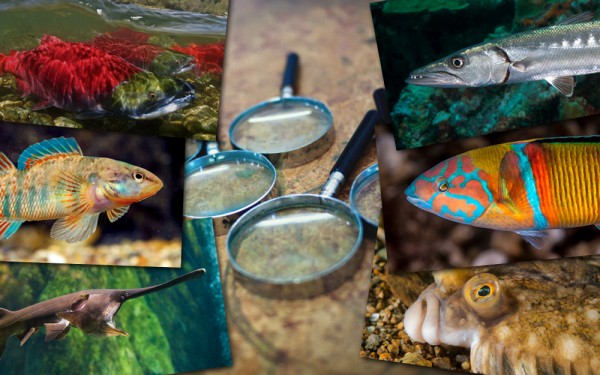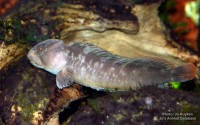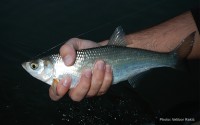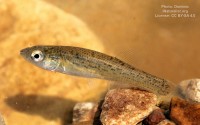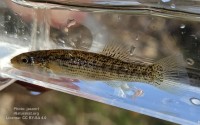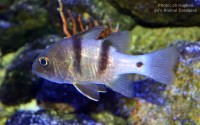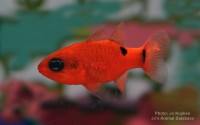Rohu
(Labeo rohita)
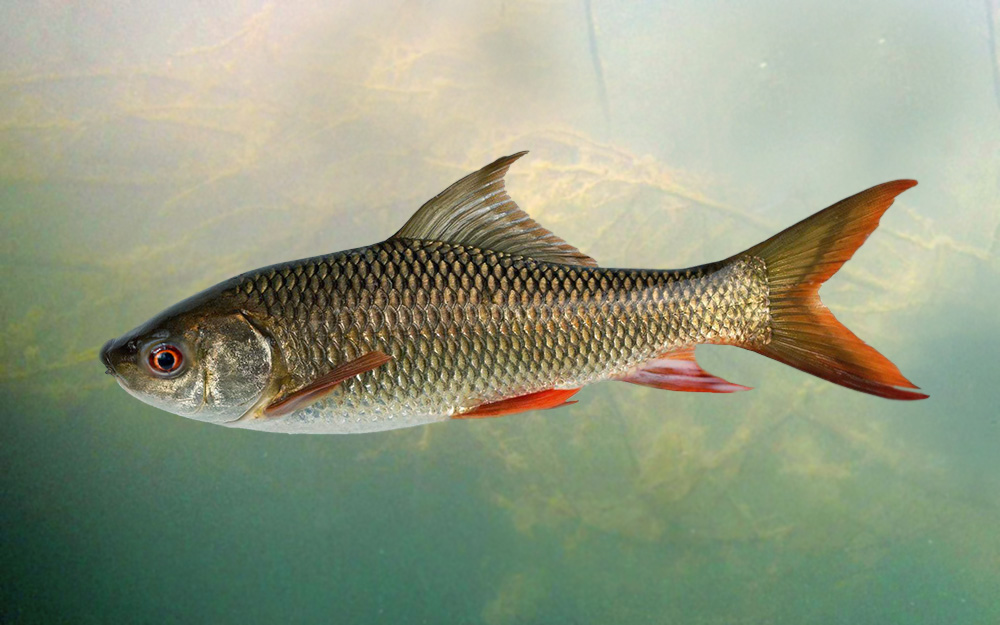
Classification
General data
The rohu, rui, ruhi or roho labeo (Labeo rohita) is a species of fish of the carp family, found in rivers in South Asia. It is a large omnivore and extensively used in aquaculture.
The rohu is a large, silver-colored fish of typical cyprinid shape, with a conspicuously arched head.
Adults can reach a maximum weight of 45 kg (99 lb) and maximum length of 2 m (6.6 ft), but average around 1⁄2 m (1.6 ft).
The rohu occurs in rivers throughout much of northern and central and eastern India, Pakistan, Vietnam, Bangladesh, Nepal and Myanmar, and has been introduced into some of the rivers of Peninsular India and Sri Lanka.
The species is an omnivore with specific food preferences at different life stages. During the early stages of its lifecycle, it eats mainly zooplankton, but as it grows, it eats more and more phytoplankton, and as a juvenile or adult is a herbivorous column feeder, eating mainly phytoplankton and submerged vegetation. It has modified, thin hair-like gill rakers, suggesting that it feeds by sieving the water.
Rohu reach sexual maturity between two and five years of age. They generally spawn during the monsoon season, keeping to the middle of flooded rivers above tidal reach. The spawning season of rohu generally coincides with the southwest monsoon. Spawn may be collected from rivers and reared in tanks and lakes.
